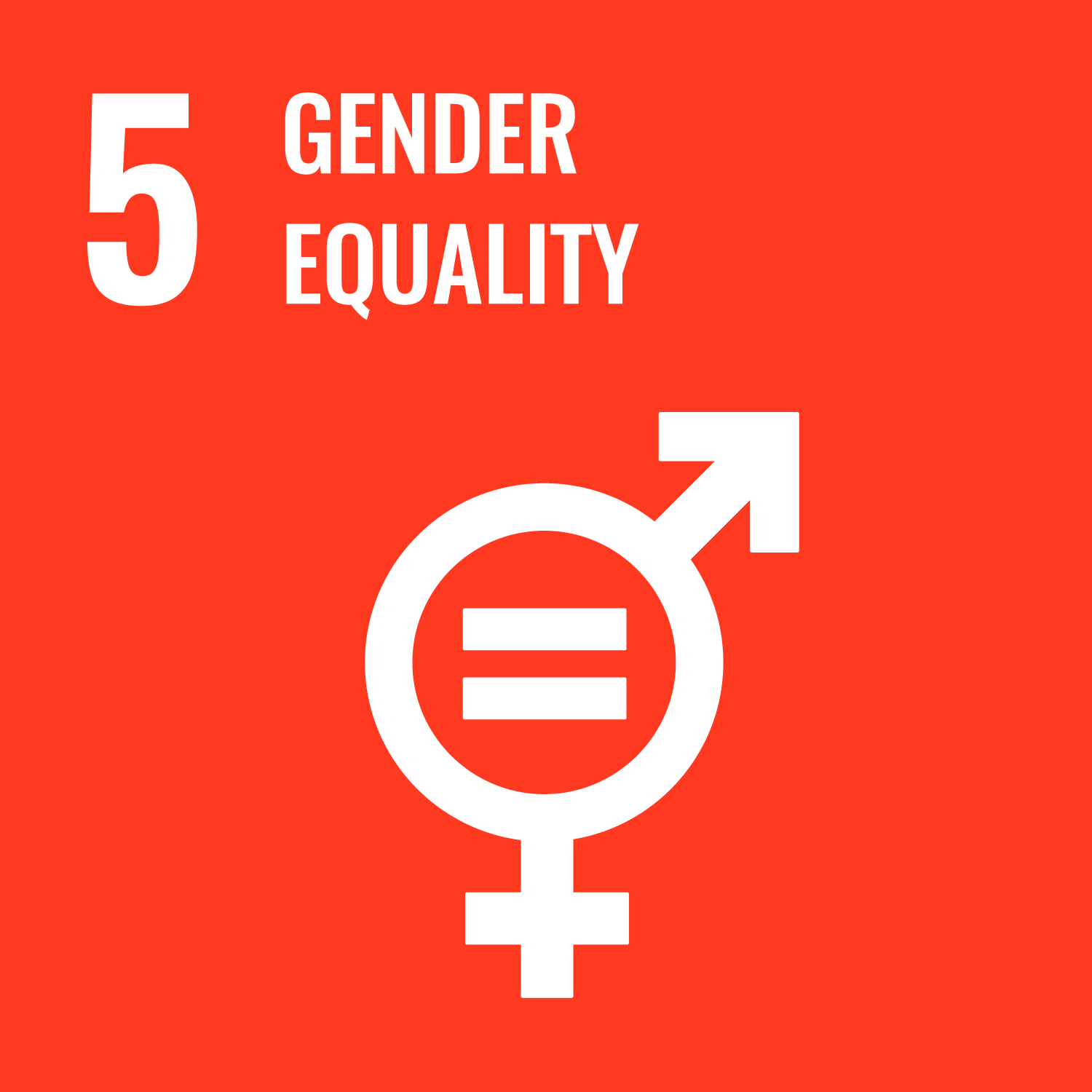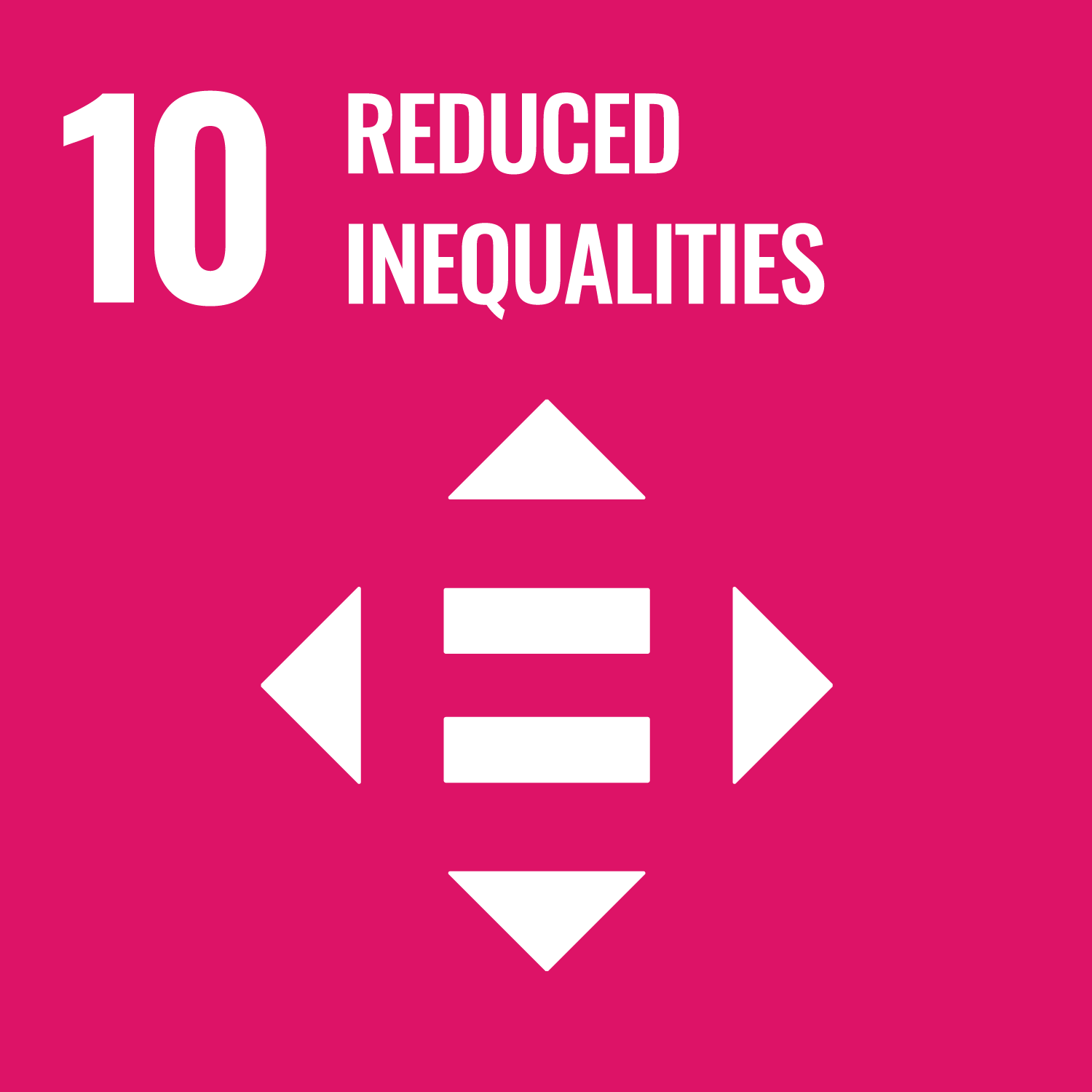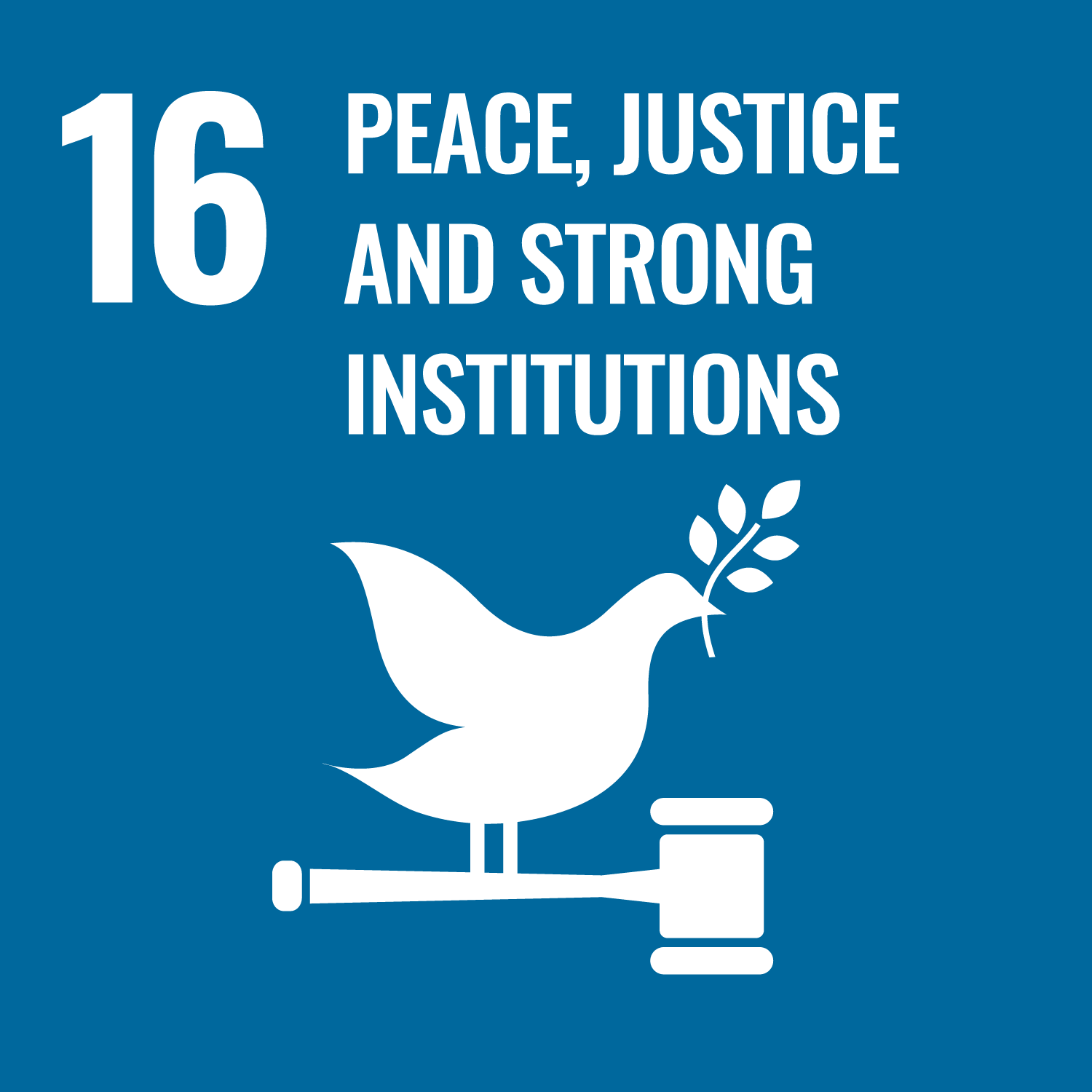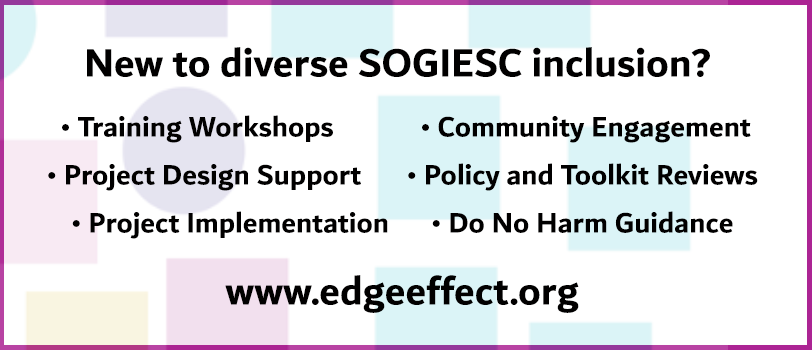Bi-Visibility Day, also known as International Celebrate Bisexuality Day, has been marked each year since 1999 to highlight biphobia. A person who is bisexual is someone who is romantically and sexually attracted to people of the same gender as themself, and to people of a different gender as themself. People who identify as bisexual make up the largest portion of the LGBTIQ+ community—but unfortunately, bisexuality is often mis-understood, made invisible, and used as a lever for discrimination.
Santy, a bisexual activist in South East Asia, reports that people think bisexuality is about being ‘two faced or greedy’ and she articulates that the stigma can be internalised – which can also play a role in negative physical and mental health outcomes. In her interview she explains that she and her partner were forced into rehabilitation, or what is commonly referred to as conversion therapy. According to the International Rehabilitation Council for Torture Victims, so-called “therapeutic” measures includes forms of abuse like beatings, rape, electrocution, forced medication, confinement, forced nudity, verbal abuse and aversion therapy. It is a practice widely understood and experienced in the diverse SOGIESC community.
Nong Air, another bisexual activist we interviewed, said that as a bisexual woman, discrimination is harmful because “the community cannot believe that a woman can love men and women at the same time. The community do not believe in bisexuality. Bisexual community under the women umbrella are forced to marry and there are attempts for corrective rape to fix our sexual orientation.” She shares her experiences of intersectional discrimination of being a woman and being bisexual.
There isn’t a lot of research on bisexual people in humanitarian settings. We don’t know a lot about the specific needs and strengths of bisexual people and communities in humanitarian settings. We can, however, make some assumptions based on what we do know about pre-emergency marginalisation of people with diverse SOGIESC in general: pre-emergency marginalisation has a huge impact on education, family support, community support, livelihoods security, housing security, and many other issues that also affect people in marginalised groups. We also know that people who experience high levels of pre-emergency marginalisation have a harder time recovering from disasters and conflicts. But when we talk about the bisexual community, we’re talking about an under-researched group, where we have almost no information about the cultural nuances of bisexuality.
Reading Riska’s interview from Bali, she shares her experience saying, “being transpuan (a more current terminology for waria, or transgender woman) is already seen as an aberration in Indonesia; a bisexual transpuan is abysmal.” Riska’s identity as a bisexual transpuan means she has a specific experience—one we don’t know enough about.
History has shown us that sexual attraction and behaviours towards people with the same and different genders has existed across time and cultures. This is where the complexity of people really asserts itself. Where intersecting gender identities, gender expressions and sexual orientations ensures that there is no one size fits all experience and no one box to tick. Bisexuality is often mistakenly seen as an identity deeply connected to another (homosexual, or heterosexual) rather than an identity and experience in its own right.
But what does this have to do with international development or humanitarian contexts? The short but complex answer is that we’re are still finding out. There is so little information available. But if we look at some of the issues that bisexual activists are sharing—like the specific forms of discrimination bisexual people face, the misunderstandings and myths around bisexuality, and the ways in which bisexuality interacts with other identities—we can confidently say that there are many issues that deserve our attention.
As humans, we often unwittingly think in binaries. Black and white, young and old, homosexual and heterosexual, cisgender and transgender. But the reality is far more complicated, messier, and beautiful than binary thinking or binarism leads us to believe.
